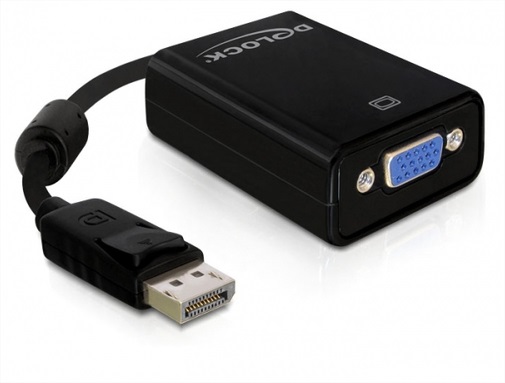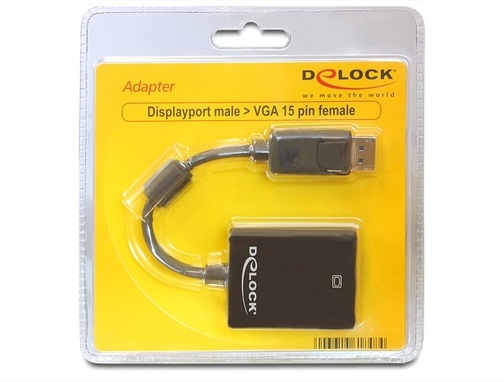Enhanced Interrogator
[H]ard|Gawd
- Joined
- Mar 23, 2013
- Messages
- 1,429
I mainly have 2 questions:
1.) What is the best adapater that is Currently available? My needs would be only to go up to 1900x1200 @ 85hz.
2.) When can we expect an update on this new adapter that is curently being working on? I am very eager to know so I can start using my fw900 again.
To my knowledge, the best current would be the Delock adapter, though the current model has a bad connector and you need to solder a better one to it. They're working on a improved revision according to Derupter. This model supports above 330mhz when it has a decent connector
The second tier, ones that max out between 275 and 300mhz, would be the VCOM dipslayport adapter, and the HDFury Nano GX. I'm sure there are others out there, but these two are the ones we've discussed here.
As to your second question, the HDFury people were working on a new DAC as of two years ago, but they haven't given an update in a long time, so it is unknown if they're still interested.
![[H]ard|Forum](/styles/hardforum/xenforo/logo_dark.png)

